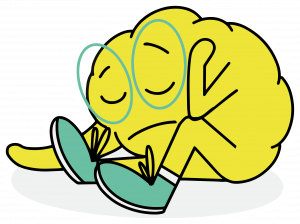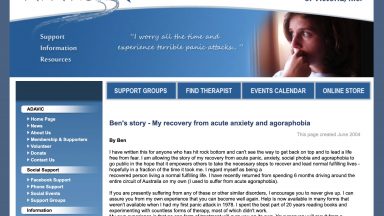

“Anxiety disorders are characterised by excessive fear and worry and related behavioural disturbances. Symptoms are severe enough to result in significant distress or significant impairment in functioning. There are several different kinds of anxiety disorders, such as: generalised anxiety disorder (characterised by excessive worry), panic disorder (characterised by panic attacks), social anxiety disorder (characterised by excessive fear and worry in social situations), separation anxiety disorder (characterised by excessive fear or anxiety about separation from those individuals to whom the person has a deep emotional bond), and others. Effective psychological treatment exists, and depending on the age and severity, medication may also be considered.”
Source: OMS, 2022. Mental disorders. World Health Organization [online]. 8 June 2022. [Accessed on 18 October 2022].
Available at: https://www.who.int/fr/news-room/fact-sheets/detail/mental-disorders
True or false?
Anxious people are weak and lack character. | A little bit of anxiety can be a good thing: it makes us aware of risks, keeps us alert and, most importantly, helps us stay organized. |
Overcoming anxiety and phobias is merely a matter of willpower.  | People with anxiety disorders have trouble fitting into society. |
People with anxiety disorders often feel ashamed. They don’t understand why they can’t manage their anxiety. | Anxiety is a mental disorder but it doesn’t just affect the mind. Anxiety can also manifest as sometimes violent physical symptoms such as shaking, palpitations and hyperventilation. |
Only prescription drugs can cure a phobia. | People with anxiety disorders are more likely to become addicted to things like tobacco and alcohol. |
If left untreated, anxiety disorders often become chronic, which increases our risk of developing secondary conditions and leads to costly somatic investigations. | Anxiety disorders aren’t caused by a particular gene, but genetic factors can influence our susceptibility.  |
Anxiety disorders are medical conditions that should be taken seriously. Often, they are left undiagnosed or untreated.  |

Learn more



